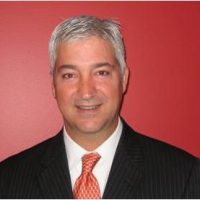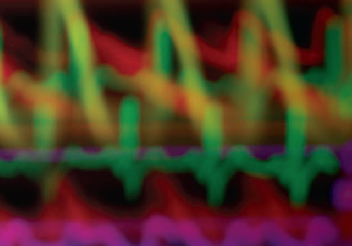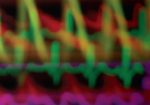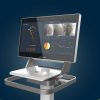The medtech industry is undergoing a significant evolution, all in a direction toward a more holistic healthcare model. As indicated in the 2016 Pulse of the Industry report by Ernst & Young, device companies will need to adapt to this change by integrating more capabilities and external partnerships into their overall arsenal.
“One of the areas where you’re likely to see continued headlines is the number of partnerships and non-medtech entrants into the clinical and medtech space. It seems like every week there’s a new joint venture,” says John Babitt, EY Partner in Transaction Advisory Services. “I think this is a real opportunity for medtech to expand beyond expensive devices and gadgets. They will be more holistic participants in the healthcare ecosystem. They have much more of a consumer lens to them, and as everyone is paying more for their individual healthcare, they’re going to have a larger vested interest. Garnering that consumer mindshare and wallet share is going to become more important.”
Some of the notable findings in this year’s report include:
- Weaknesses
- Drop in medtech revenue worldwide to $337 billion. “On the conglomerate side, we saw a decrease in revenue of about 2.3%,” says Babitt, noting that this is the first time the industry has seen a decline. “For the overall pure-play medtech [companies], we saw an increase of about 2%. As you blend those together, because of the weighting on the conglomerates, it drives the net decrease to about 1%.”
- Value in financing fell 60% to $20.4 billion (months ending June 30, 2016).
- Strengths
- Venture financing increased 10% to $5.6 billion (this is the third straight year that VC funding has gone up).
- Mergers & acquisitions (M&A) increased 27% to $80 billion. Babitt expects the increase to continue. “We saw a decline in megadeals, but we saw a reemergence of the bolt-on strategy. A large number of deals are building out more capabilities and products.”
- Market cap out-performance, increasing 14.7% to $822 billion. “Part of that is attributable to some sector rotation into medtech as more of a safer haven [and] the acknowledgement that innovation is going to pay off for the medtech space,” says Babitt. “As we look at 2016 and it comes to completion, we’ll see a pretty impressive growth number.”
- Shareholder-friendly actions. Many companies have focused on stock buybacks and enhancing dividends, all while maintaining a decent level of long-term investment in research and development, according to Babitt.
 |
Compare this year’s Pulse of the Industry report with last year. Hear what John Babitt had to say about the 2015 climate in our video interview from the 2015 AdvaMed conference. |
MedTech Intelligence: Where are you seeing the most investment in the medical device industry?

Babitt: Venture capital is being deployed in areas that are more akin to enabling technologies as opposed to therapeutic technologies. A lot of funding [is occurring] in areas like diagnostics and build-out of technologies around precision medicine and diagnostics that can be utilized to get more accurate information to deliver a better therapy for a better outcome for a medical device or drug regiment. That’s one area in which we’ve seen a disproportionate amount of the investment flowing.
The other [area] would be drug-device combinations, hitting on more minimally invasive and precision-delivered capabilities for devices. We’ll probably see more capital flow particularly into oncology, given that it’s an emerging area that seems to be a bit resilient to some of the payer pressures. There’s a lot of ancillary capital that’s flowing into that by virtue of all the capital that’s been raised in the biotech sector.

Arda Ural (EY Partner in Transaction Advisory Services): It’s almost a services investment along with the device investment, as medtech companies are at an inflection point. They’re going away from the pure device focus to how do you integrate yourself across the healthcare ecosystem with smart devices that would create a closed loop of information—starting from diagnosis, and going across the clinical workflow of informing the patients, the caretaker and the provider. There’s information flowing across the care continuum to keep people away from hospitals, which is obviously near and dear to everyone in the provider space. That’s where the investment is going. Last I looked, there was about $7 billion worth of VC capital investment [going] into the “digital” healthcare space and it has been growing double digits over the years.








